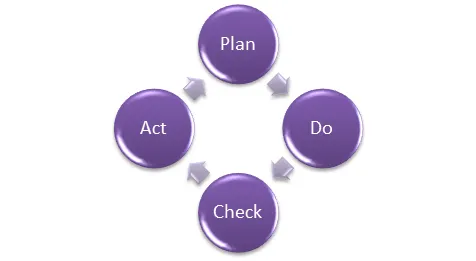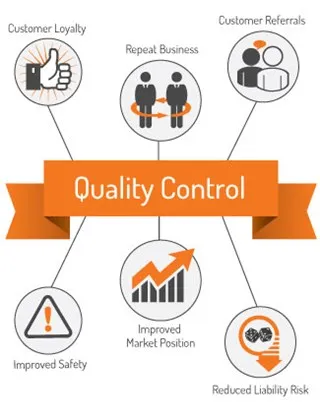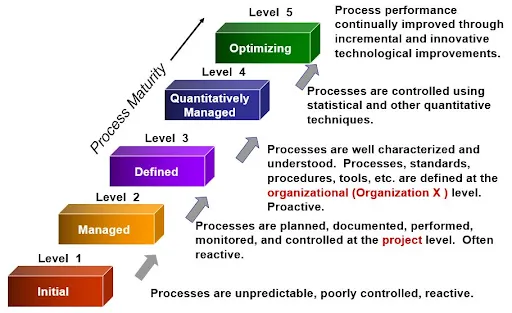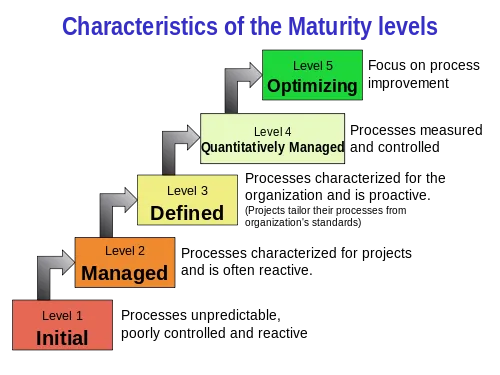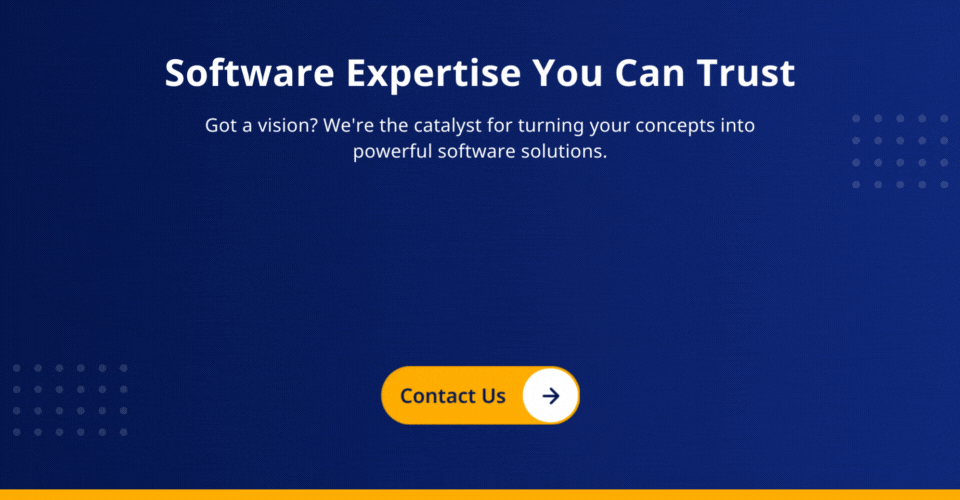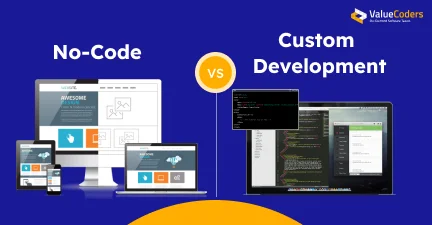Software quality assurance (SQA) ensures that all software engineering processes, activities, and work items are controlled and must comply with the defined standards. Furthermore, the standards could be a single or a combination of any like ISO 9000, CMMI model, ISO15504, etc.
Quality Assurance in Software Testing
It is a method to assure the Quality of software services or products given to the customers by an organization. In fact, Quality assurance believes in improving the software development process and making it effective & efficient according to the defined quality standards for software products. Hence, it is popular as QA Testing in the world of software development.
What includes in Quality Assurance?
(Image source: Guru99)
The phase-in Quality Assurance consists of:
- Plan
- Do
- Check
- Act
Hence, for regular estimates and improved processes that you follow, you must take care of the above steps and repeat all of them
So, Let’s take a closer look at the previous steps of the quality assurance process:
Plan:
The organization must plan and establish process-related objectives. In addition, it determines the processes are necessary to deliver a high-quality end product.
Do:
Process development and testing, and also “make” changes to processes.
Check:
Process monitoring, modifying the techniques and verifying if it meets the predetermined objectives.
Take Action:
A quality assurance evaluator must implement the actions necessary to achieve process improvements.
Hence, it ensures the right design of the product and implements it with the proper procedures, an organization should use Quality Control.
As a result, all this helps in reducing problem issues & errors in the final product.
Get free consultation and let us know your project idea to turn it into an amazing digital product.
Quality Control
(Image Source: Google)
Quality control has an abbreviation of QC. It is a Software Engineering process which uses to guarantee the Quality of a product or service. It does not address the software quality assurance methods used to create a product. Instead, it examines the Quality of the “end products” and the ultimate result.
In addition, the main objective of quality control is to check whether the customer is satisfied with the product’s specifications & requirements. If the problem detects, then it needs quick bug fixing before delivering to the customer.
Furthermore, Quality control also assesses people on their quality level skill set and provides training and certifications. This evaluation is essential for the service-based industries and helps to give “perfect” service to customers.
As a result, many companies choose Software Quality Assurance services from the best companies that provide the SQA services at a low cost.
Read More: A Guide to Security in Software Development – White Paper
Elements of Software Quality Assurance
There are 10 important elements of Software Quality Assurance.
- Software engineering Standards
- Error collection and analysis
- Vendor management
- Software Testing for quality control
- Change management
- Security managemen
- Safety
- Educational programs
- Technical reviews and audits
- Risk management
Differences between Quality Assurance VS Quality Control?
Quality Assurance
It is a procedure that concentrates on providing assurance that the Quality requested will deliver correctly.
- Quality Assurance aims to prevent the defect.
- It is a method to maintain Quality- Verification.
- It does not involve performing the program.
- It’s a Preventive technique.
- It is a method to create the deliverables.
- QA involves in the full software development life cycle.
- QA ensures that everything is taking place correctly, which is why it falls under verification activity.
Quality Control
- It is a method that concentrates on fulfilling the Quality requested.
- QC aims to identify and fix defects.
- It is a technique to find the quality-Validation.
- Moreover, it always involves executing a program.
- It’s a Corrective technique.
- Also, it is a method to verify deliverables.
- Hence, the quality check involves the full software testing life cycle.
- Quality check assures that whatever we have done is as per the requirement, which is why it falls under validation activity
Quality Assurance Functions:
Let’s check out five primary Quality Assurance Functions:
- Technology transfer: This particular function involves getting a product design document, trial and error data, and evaluation. Moreover, it checks if the documents are capable of distribution, checking, and approval.
- Validation: It is also one of the major QA Function in which the Validation master plan is prepared for the entire system.
- Documentation: This function manages the archiving and distribution of documents. Whether small or big, changes in the document can happen by following the proper change control procedure.
- Assuring Quality of products
- Quality improvement plans
Difference between Software Quality Assurance VS Software testing.
Software Quality Assurance
- It is about the engineering process that assures quality.
- It involves the activities related to the implementation of procedures, processes, and standards. Example – Audits Training
- It takes proactive measures.
- It is process-focused and uses the Preventive technique
- The scope of Software Quality Assurance is applied to all products that the organization will create.
Software testing
- Software Testing detects problems from the product before the product goes live.
- It includes actives concerning verification of the product.
- Software testing takes Reactive measures.
- It mainly focuses on products.
- Software testing uses the corrective technique.
- The scope of Quality Assurance Software Testing applies to a particular product being tested.
Get free consultation and let us know your project idea to turn it into an amazing digital product.
Various Software Quality Assurance Techniques
Audit:
The audit involves inspecting work products and their related information to determine whether the standard set of processes was followed.
Review:
A meeting in which both internal and external stakeholders review the software product for their feedback and approval.
Code inspection:
This is the most formal review that performs static tests to find bugs and prevent defect growth in the later stages. Performed by a trained peer/mediator and is based on rules, checklist, entry, and exit criteria. Hence, the reviewer must not be the author of the code.
Design Inspection:
Design inspection is done using a checklist that investigates the following areas of software design:
- General requirements and design
- Requirement traceability
- Functional and Interface specifications
- Conventions
- Performance
- Error handling and recovery
- Structures and interfaces
- Logic
- Testability, extensibility
- Coupling and cohesion
Simulation:
A simulation is a tool that models a real-life situation to examine the system’s behavior under study virtually.
Standardization:
It plays an essential role in quality assurance. Hence, it reduces ambiguity and guesswork, thus ensuring quality.
Functional testing:
It is a QA technique that verifies what the system does without considering it. This type of black-box testing primarily focuses on testing the specifications or features of the system.
Static Analysis:
This is a software analysis performed by an automated tool without actually running the program. This technique has many advantages for QA in nuclear, medical, and aviation software. Furthermore, there are some popular forms of static analysis like Software metrics and reverse engineering.
Tutorials:
A software or code walkthrough is a kind of peer review in which the developer guides members of the development team to review the product and make inquiries, suggest alternatives, comment on possible bugs, standard violations, or any other problem.
Stress test:
This type of test verifies how robust a system is by testing it under massive load beyond standard conditions.
Path Test:
This is a white box testing technique. It provides complete branch coverage and ensures executing each independent path at least once.
Six Sigma:
It is a Software Quality Assurance approach that targets near-perfect services or products. Six Sigma is providing benefits to many fields, including software. Moreover, the foremost objective of Six Sigma is the improvement of processes so that the software produced is free of defects in 99.76%.
Certification Based on Quality Assurance
However, several certifications are available in the market, which ensures that the following organization follows the standard Quality process or not? In fact, the Clients make this a must-qualifying criterion while choosing a software vendor.
ISO 9000
This standard was first established and initiated in 1987 and is related to Quality Management Systems. This helps the organization assure quality to its customers and other stakeholders. Moreover, an organization seeking ISO 9000 certification took an audit based on its functions, goods, services, and processes.
Also, the prime objective is to try and verify if the organization follows the process as expected and verify if the existing processes need improvement.
Therefore, the benefits of this certification are:
- Increase the profit of the organization
- Improves Domestic and International trade
- Decreases waste and increase the productivity of the employees
- Provide Excellent customer satisfaction
Read Also: Top 25 Custom Software Development Companies Offering Bespoke Solutions
CMMI Level
(Image source: umsl.edu)
The Capability Maturity Integrated Model (CMMI) is a process improvement approach specially developed for software process improvement. Moreover, CMMS is entirely based on the process maturity framework. Also, it acts as a general aid in business processes in the software industry. That’s why this model is highly appreciable and widely used in software development organizations.
CMMI has 5 levels. Therefore, it is a certification that has 5 levels from level 1 to 5. In addition, as per the Quality Assurance Mechanisms, the level from 1 to 5 is for the organization. Software maintenance companies follow these certifications to get good clients.
- Initial: At this stage, the quality environment is unstable. Simply, no process to follow or document.
- Repeatable: Some processes are followed that are repeatable. This level ensures the right project-level procedures to follow.
- Defined: Set of processes that are defined and documented at the organizational level. Hence, defined processes can be for some degree of improvement.
- Managed: Managed level make use of process metrics and effectively controls the Software Quality Assurance methods that are followed.
- Optimization: this level focuses on the continuous improvement of processes through learning and innovation.
Get free consultation and let us know your project idea to turn it into an amazing digital product.
Test Maturity Model(TMM)
(Image Source: Wikipedia)
This model evaluates the maturity of processes in a Testing Environment. In fact, this model has 5 levels, described below-
- Initial: Only ad-hoc methods are used at this level, and no quality methods are used for testing processes.
- Definition: In this level, it defined process and preparation of plans, test strategy, test cases are done.
- Integration: At this level of testing maturity, testing occurs throughout the software development life cycle (SDLC), which is nothing more than integration with development activities.
- Measurement & Management: Reviews of designs and requirements occur at this level, and criteria are set for each testing level.
- Optimization: Many best techniques are used for testing processes. In fact, the tool support improves testing standards and procedures.
Conclusion
Software Quality Assurance is essential for the quality of the product. Because it helps in analyzing the bugs and fixing them through implementing various Software quality assurance services.
Moreover, Software Quality Assurance is important for your software product or service to succeed in the market and survive up to the customer’s expectations.
Above all, we have discussed all the parameters or techniques, processes that you must follow for making the product of high quality. Furthermore, a company with good certification like ISO 9000, CMMI is more likely to get good results, and more & more organizations prefer to take services from certified Software development companies.
So, you can hire ValueCoders for SQA services as ValueCoders has been in this industry for more than 16 years and has launched more than 4200 projects with 97%+ client retention.

